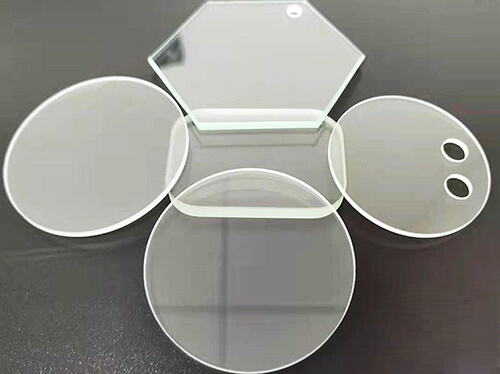
Frosted glass, also known as acid-etched glass, is a type of glass that has been treated with an acid or abrasive substance to create a frosted, translucent appearance. This process involves the following steps:
Cleaning
The glass is thoroughly cleaned to remove any dirt, dust, or oils that may be on the surface.
Masking
A protective mask is applied to the glass in the areas that are not to be etched. This can be done using tape, stencils, or a liquid mask.
Etching
An acid or abrasive substance is applied to the glass surface to create the frosted effect. Hydrofluoric acid is commonly used in the etching process, but it is a highly corrosive substance that requires careful handling and safety precautions. Alternatively, abrasive blasting with a fine-grit material can be used to create the same effect.
Cleaning
After the etching process is complete, the protective mask is removed and the glass is thoroughly cleaned to remove any residual acid or abrasive material.
Frosted glass is commonly used for decorative purposes in interior design, as it provides a level of privacy while still allowing light to pass through. It can also be used for functional purposes, such as creating a non-slip surface on shower doors or windows.
It is important to note that the etching process can weaken the glass, so care must be taken when handling frosted glass to avoid breakage. Additionally, the use of hydrofluoric acid should be done only by trained professionals and with proper safety equipment and ventilation.